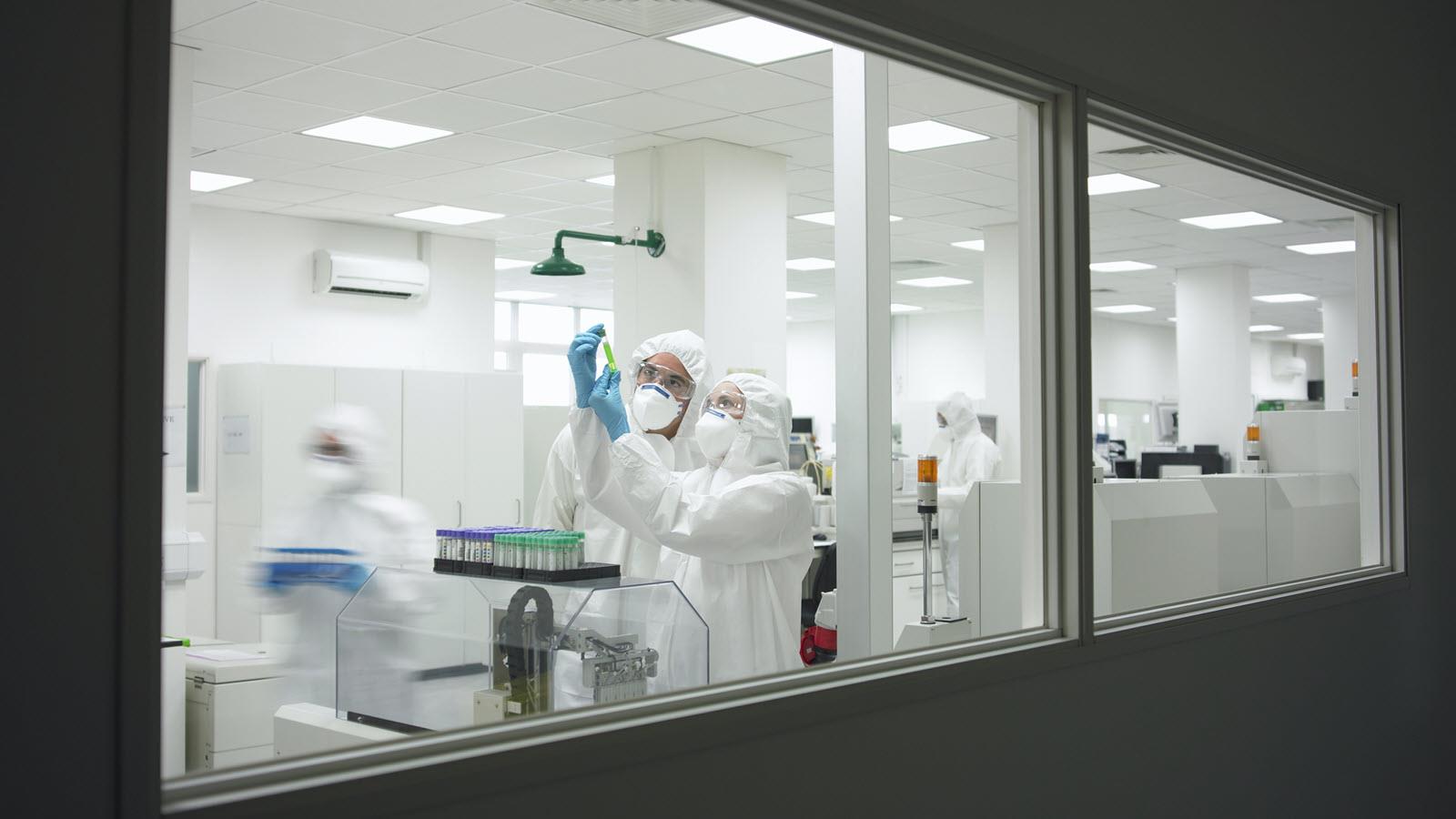From the public’s eye, a groundbreaking vaccine just appears like magic in time to fend off a pandemic, but in the case of influenza, it’s actually an international collaborative that occurs year-round. But how do you prepare for the unpredictable?
It starts with tracking down and monitoring viruses with pandemic potential explains Beverly Taylor, Head of Influenza Scientific Affairs at Seqirus.
“If an influenza biological sample is received by one of the approximately 158 labs throughout the world called National Influenza Centers (NICs) and it can’t be identified, they have an obligation to notify the World Health Organization (WHO) within 48 hours, because there’s a possibility that it's a novel virus,” she said.
The NIC then works to confirm which family of viruses it belongs to and sends the virus of interest to one of six WHO Collaborating Centers (CCs) for Influenza who carry out further analysis.
Each lab in this massive global network are constantly reviewing influenza samples and reporting their findings back to the WHO to allow disease patterns to be determined and risk assessments to be carried out, taking into account disease severity, human transmission rates and geographical dispersion.
Once the WHO sees activity of these influenza strains with pandemic potential begin to escalate, Seqirus can start developing and testing vaccines against that strain using what are called candidate vaccine viruses, prepared by the WHO CCs.
“Many of the NIC labs were repurposed to conduct COVID-19 surveillance and were essential in allowing us to respond quickly to the pandemic. Had they not been in place, we would have been in a much worse situation,” Taylor said.
This endeavor is ultimately made possible by our partnership with government agencies like the United States Biomedical Advanced Research and Development Authority, known as BARDA, who already have a plan in place with biopharmaceutical companies like us to prepare and stockpile materials that can yield hundreds of millions of vaccines.
Because of this preparation, we can have an efficient pandemic response when a public health emergency of international concern is declared.
“It's global partnerships like these that enable us to prepare for the unpredictable, ever-present threat of pandemic influenza, which, according to the World Health Organization, is a matter of ‘when,’ not ‘if,’” said Marc Lacey, Executive Director, Pandemic Response Solutions, at Seqirus.
So, while nurses, doctors and emergency medical staff remain the guardians of public health, just know that there are public health’s backstage crews supporting their efforts behind the scenes to ensure a brighter future with a vaccine to stop the spread, just as they did with COVID, and influenza pandemics gone by.

